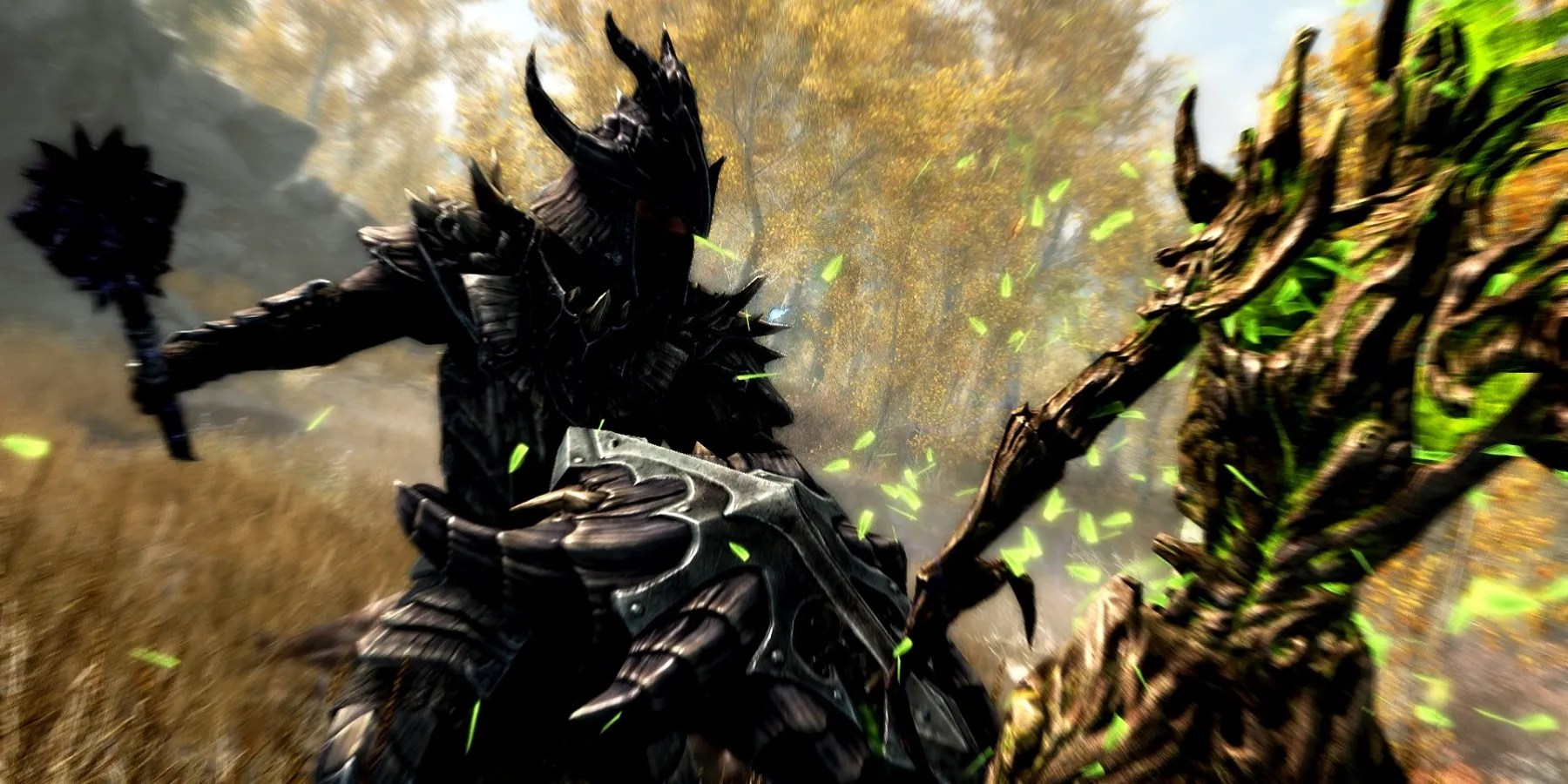WithThe Elder Scrolls 6confirmed to be in development, discourse and theories surrounding what kind of experience the game will bring are running wild among the fan base. While the setting of the game is arguably the biggest point of contention, there are a plethora of smaller scale changes that could be just as important.
For example, the different difficulty options withinThe Elder Scrollstitles have always been regarded as quite simplistic and lackluster, never really offering a complex difference to the core gameplay of franchise installments. The upcomingElder Scrolls 6will of course be looking to build upon the experience of past games, providing a perfect opportunity to fully revamp theElder Scrollsdifficulty mechanics.

RELATED:Skyrim Mod Overhauls Combat, Makes It More Like Elden Ring and God of War
The Historic Difficulty Options Of The Elder Scrolls
Dedicated options to change the difficulty within mainlineElder Scrollstitles firstcame with 2002’sMorrowind. Although not originally included in the title at launch,Morrowindwould eventually get a difficulty slider option, allowing the player to directly influence and fine-tune the difficulty of the game.
The slider bar was quite rudimentary in that moving it either way would simply either increase the damage dealt to enemies and increase player damage resistance, or vice versa. The slider would prove to be popular with fans, with2006’s critically acclaimedOblivionmaintaining the slider difficulty option and including it at launch.Skyrimwould change how difficulty mechanics were implemented withinThe Elder Scrolls, instead moving toward the more commonly used option of having a list of difficulty tiers that players could choose from.

Ranging from novice to legendary,Skyrim’snew difficulty optionsprovided a greater range of potential difficulty at the cost of the player no longer being able to fine-tune their own damage input and output. That being said, these difficulty tiers could be changed on the fly at any point through the game’s options menu, meaning that players were not bound to a specific difficulty like many other titles.
How The Elder Scrolls 6 Could Improve Difficulty Settings
Just asOblivionkept the difficulty options ofMorrowind,The Elder Scrolls 6should maintain the newer difficulty tier system used inSkyrim. The main issue still remains, however, that the choice of difficulty is still solely limited to damage input and output, with no tangible changes being directly made to enemy strategy or higher-quality loot.
The Elder Scrolls 6would do well to directly address this, by at the very least creating a proportionate level of increased AI for each tier of difficulty within the game. As difficulty progresses, the damage output and frequency of enemies should increase, as well as their tactics and strategy in countering a player’s build and maneuvering themselves to more advantageous positions. While making increased difficulty more tangibly important to gameplay, this would additionally offer a much-needed added layer to thehigh expectations ofThe Elder Scrolls 6’scombat.
Loot is another huge factor of difficulty that is relatively neglected within the current state ofThe Elder Scrolls. While higher difficulties do technically provide upscaled loot via the increased experience gained from higher-health enemies, there is no loot specifically designed to reward higher difficulty gameplay.The Elder Scrolls 6should make gold more plentiful at higher levels, while maybe even including loot that is only attainable if certain dungeons are fully completed on a specific difficulty. Though many will likely enjoythe gameplay of the anticipatedThe Elder Scrolls 6regardless, redesigning the specifics of the title’s difficulty system will only benefit the replayability of the title, dispelling long-term criticism regarding the lack of nuance in the franchise’s existing difficulty options.